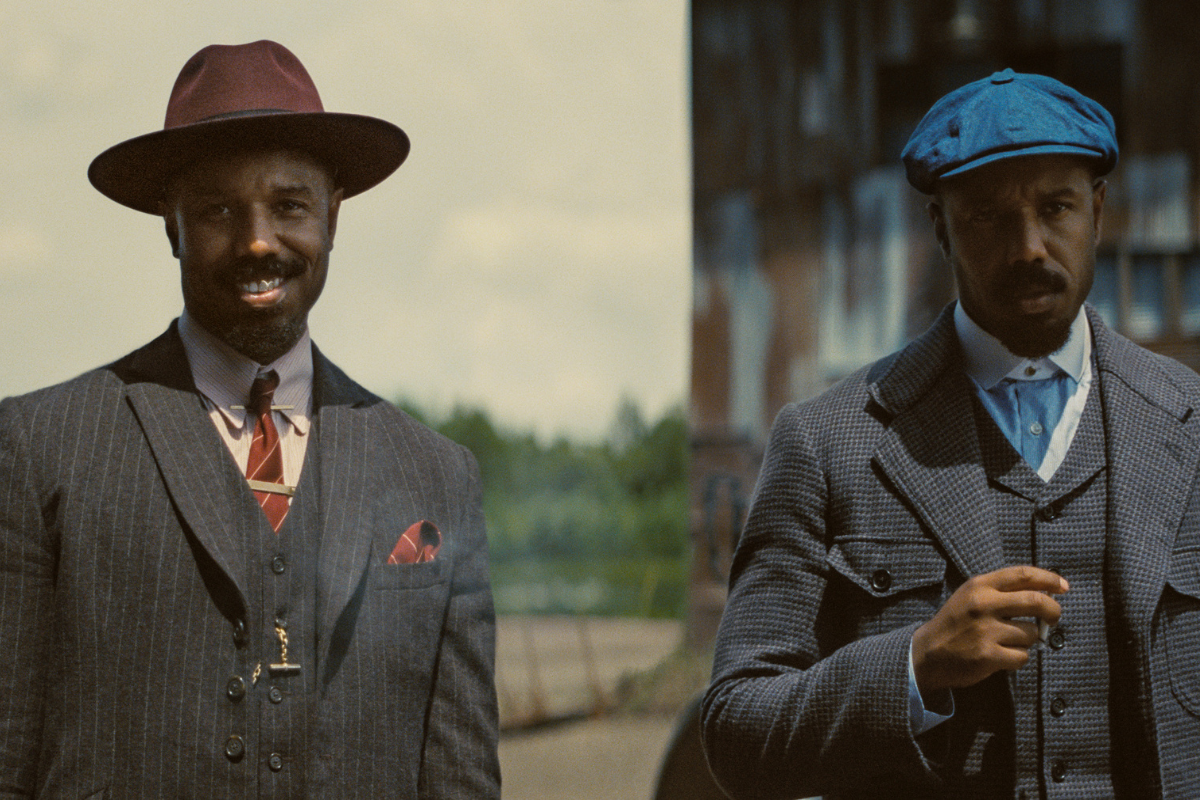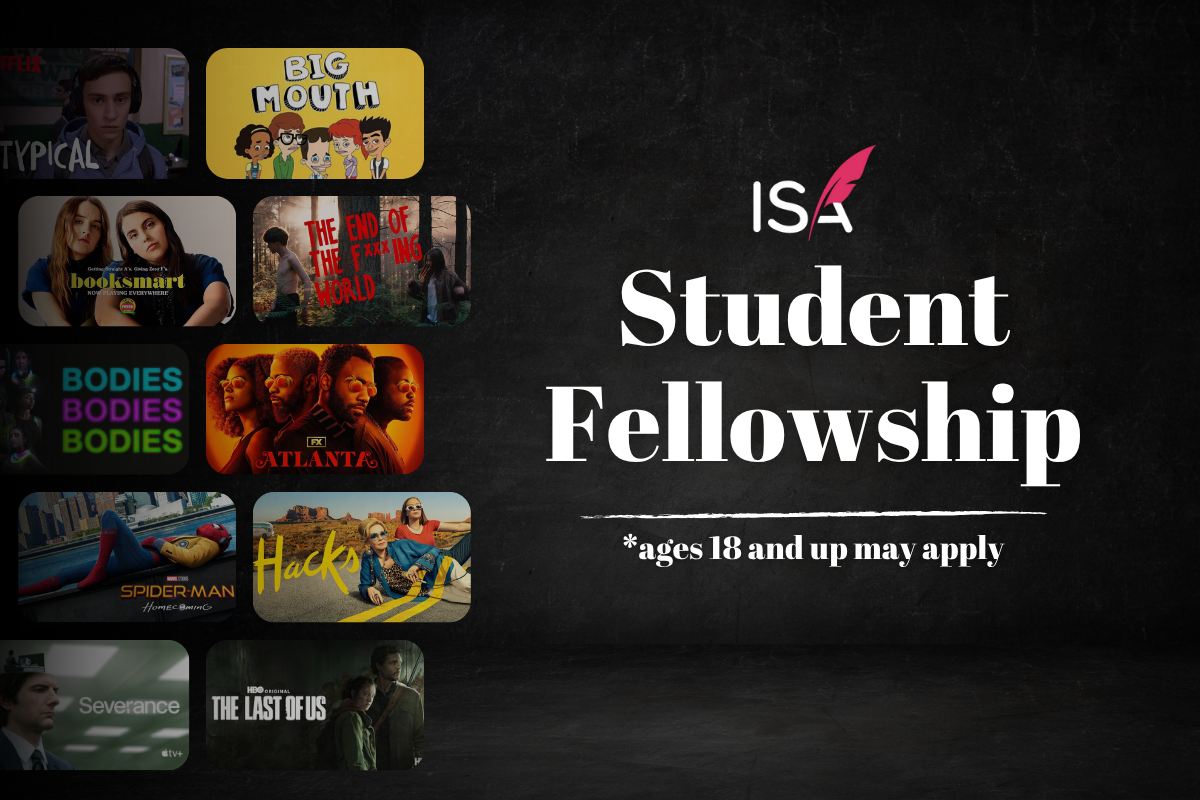STORY DEVELOPMENT: Articulating the Intuitive – Screenplay vs. Movie
Tim Long discusses the importance of executing your story on the page.
Tim Long has sold, optioned, and pitched feature film projects at the studio level, along with having original screenplays in development with Academy Award®-winning and nominated producers. A nationally recognized screenplay consultant and Screenwriting Instructor at the MFA level in a top ranked University film program, Tim’s currently Founder and C.E.O of PARABLE, an online, interactive, screenwriting course. Follow Tim on Twitter: @ScreenplayStory
One of the more omnipresent pitfalls that aspiring screenwriters tend to succumb to in the actual writing and execution of their script is to think of their screenplay as a movie.
I know, I know, that doesn’t sound right at all. A screenplay is a movie, right?
Well sorry, but no, it’s not. For non-established spec writers a screenplay is a written story that if enough industry folk love, can then lead to being set up at a studio, and hopefully produced into a movie.
It’s an extremely valuable distinction to make for aspiring screenwriters and here’s why...
Yes, writers should be envisioning their screenplay as a movie, which means writing visually, externalizing actions and conflicts, applying form and function, etc. However, the story has to be executed on the page first. And that means the narrative intentions of the writer have to be clear in the writing. The ideas associated with the story; individual beats, moments, subtext, emotional nuance, and the plot itself, have to be transparent to the reader.
I’m guessing most reading this article would think that’s a complete given; yet lack of clarity is a trap that far too many screenwriters fall into and never even realize it.
HOW IT HAPPENS
Screenwriters can get so locked into the movie they’re envisioning in their head, one that’s filled with amazing images, and casted with brilliant actors, and has amazing cinematography and sound…
…They get so caught up in seeing it, that they lose sight of the fact that it has to be read first.
In other words, they’re so engrossed in envisioning the finished product as a movie that they fail to fully articulate the story on the page. And as any studio reader will tell you, that’s a knife in the belly of any screenplay that will instantly cut the life of your read short.
Simply put, instead of writing a story for a reader, they’re writing a movie for a producer. Instead of telling a story, they’re explaining a movie.
THE REPERCUSSIONS
Writing a movie for a producer or director in mind instead of writing a story for a reader is a mistake, as it can directly lead to the story being ambiguous in the writing. Meaning parts of the story are on the page, yet other parts are vague and still in the writer’s head, attached to that awesome three-dimensional finished movie that one has to actually see in order to fully comprehend its story.
In my years of teaching and script consulting I’ve seen it happen far too often. I would read a writer’s spec only to be constantly stopping because of lack of clarity. I’m constantly being “taken out of the read” because the writer’s narrative intentions aren’t clear on the page. Instead of being engaged, I’m confused.
However… when I sit down with the writer and he or she explains it to me, it all makes perfect sense.
As an example of this at play, let’s take an excerpt from a spec script I consulted on that illustrates this notion of envisioning it but failing to articulate it. The following is a before and after snapshot of the scene. Here’s the before version…
Now when I sat down with the screenwriter, I explained that the scene confused me on many levels, and that I sensed there was supposed to be much more here that wasn’t being articulated.
Upon hearing this, the writer eagerly launched into an emotional explanation of the scene and its narrative intention as related to the story as a whole. It was both compelling and moving, yet none of it was on the page. It was still in the writer’s imagination in movie form.
After rewriting the scene per our discussion, here’s what the “after” version looked like...
As you can see, the scene took on a whole new life by simply clarifying beats and emotional intentions.
And therein lies the rub, because your screenplay isn’t going to come with a person to explain it. When your screenplay goes out into the world, it doesn’t go with a person attached who can clarify or explain scene intentions if need be.
For non-established screenwriters a screenplay has to be a piece of material that stands on its own merit. It’s not a blueprint for a movie. It’s a literary version of a movie. And it has to engage and move the reader just like a great movie does an audience.
HOW TO OVERCOME IT
Ambiguity is the enemy of your screenplay. Curiosity is its hero. Meaning, truly engaging writing generates narrative curiosity, causing the reader to want to read more in order to know more. Ambiguous writing just causes confusion. Or as I like to put it, curiosity is “good confusion” whereas ambiguity is not.
One exercise I would have my former MFA screenwriting students do was to read their finished first draft scene-by-scene as if they were a development exec reading it for the first time. In other words, step outside yourself and be an objective reader. What would the exec’s informational and emotional takeaway from each scene be? Does it match what your intention as a writer was for the scene?
Doing this forces the writer to articulate the intuitive in the rewriting stage. Meaning, it causes us as writers to take the intuitive ideas we wrote and articulate them into specific choices. (Sidebar: Most experienced screenwriters tend to do this organically in the outline or first draft stage of the process.)
WHY IT’S IMPORTANT
The bottom-line is… a spec writer’s audience is the people who will be reading their screenplay. (Agents, managers, development execs, readers doing coverage on it, etc.)
Executing the story on the page is everything. It’s the difference between the reader understanding the nuance of your story or not. Between them being engaged in the read or not. Between them continuing to read it or tossing it.
So always remember… in order for your screenplay to ever actually be a movie, people have to love it as a story first. And that story has to be on the page.
Get tips on TV writing in Peter Russell's webinar
Write Great TV Scenes: Learn the Secrets of the TV 'BEAT'
Tim Long is a screenwriter who has sold, optioned, and pitched feature film projects at the studio level, and has had original screenplays in development with Academy Award® winning and nominated producers. Mr. Long is also a nationally recognized screenplay consultant, as well as a former Professor and Head of the MFA Screenwriting Program at FSU’s College of Motion Picture Arts, where he taught for almost two decades. He’s currently Founder of PARABLE, an innovative, online screenwriting course. Follow Tim on Twitter: @ScreenplayStory







